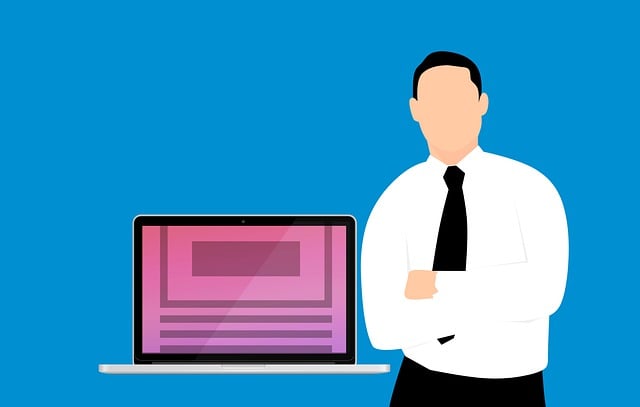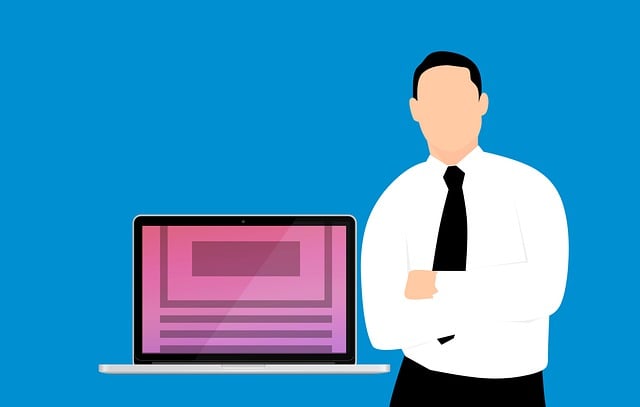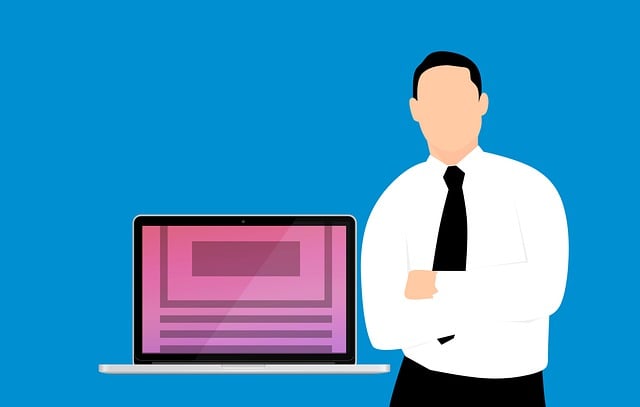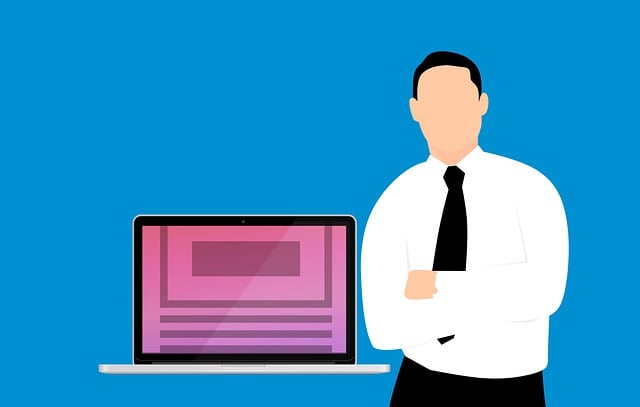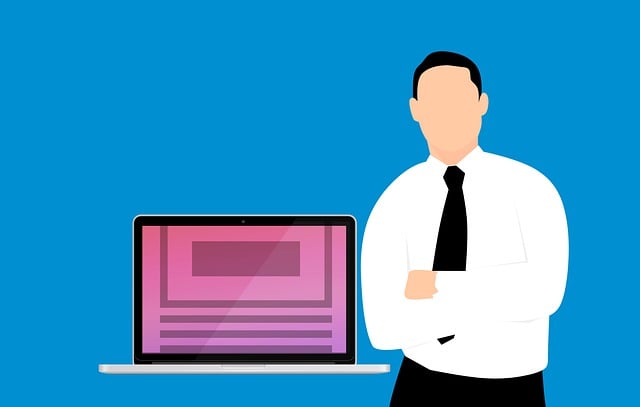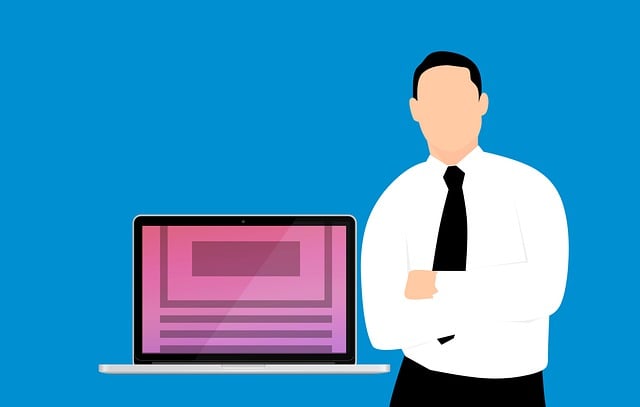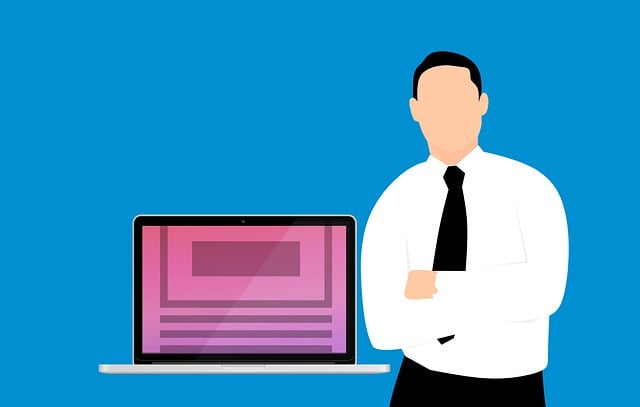Imagine this scenario: You’re sitting at your desk, scrolling through your overflowing inbox, trying to decide which emails to open and which to delete. Suddenly, one subject line catches your eye: ‘Double your sales with this one simple trick!’ Intrigued, you click on the email and find yourself captivated by the content inside. Without even realizing it, you’ve fallen victim to the power of effective email copywriting.
In today’s digital age, crafting compelling emails that engage readers and drive action is a crucial skill. But what makes some emails stand out from the rest? The answer lies in the psychology behind effective email copywriting.
By understanding the motivations, desires, and behaviors of your audience, you can create email campaigns that resonate with them on a deep level. From attention-grabbing subject lines to persuasive language and emotional appeals, every element of your email plays a role in capturing your reader’s attention and inspiring them to take action.
In this article, we will explore the psychology behind effective email copywriting and provide you with practical strategies to craft emails that get results. Get ready to unlock the secrets to writing emails that truly connect with your audience and drive the outcomes you desire.
Key Takeaways
- Understanding the psychology of email readers is crucial for effective email copywriting.
- Leveraging cognitive biases and emotional triggers can engage readers on a deeper level.
- Attention-grabbing subject lines and personalization are important for capturing interest and building rapport.
- Utilizing persuasive language, emotional appeals, and call-to-action strategies can maximize the impact of emails.
Understanding the Psychology of Email Readers
Understanding the psychology of email readers is crucial for crafting compelling and persuasive copy that resonates with their emotions and motivations. When it comes to email communication, cognitive biases play a significant role in how readers process information.
People tend to rely on mental shortcuts and make quick judgments based on their preconceived notions and beliefs. As a copywriter, you can leverage these cognitive biases to your advantage by understanding the common biases such as confirmation bias, availability bias, and anchoring bias.
Additionally, emotional triggers in email communication are powerful tools to engage readers on a deeper level. By tapping into their emotions, you can create a connection that moves them to take action.
Crafting attention-grabbing subject lines is the next step in capturing their interest and enticing them to open your email.
Crafting Attention-Grabbing Subject Lines
Craft attention-grabbing subject lines by using the second person point of view and contractions to captivate your readers’ attention, like "You won’t believe the 80% increase in open rates with this subject line trick!" Creating urgency and leveraging social proof are powerful techniques to compel your readers to open your emails. Incorporating a 3 column and 5 row table can further enhance the rhythm and flow of your email copy. Consider using persuasive language and emotional triggers to make your subject lines irresistible. For example, "Don’t miss out on this limited-time offer" or "Join thousands of satisfied customers who have achieved remarkable results." By crafting subject lines that convey urgency and leverage social proof, you can significantly boost your email open rates. Personalization and building rapport with your readers will be the next essential step in establishing a strong connection and increasing engagement.
Personalization and Building Rapport
Start building a strong connection and increasing engagement by personalizing your email copy and establishing rapport with your readers. Building trust and creating an emotional connection are crucial for effective email communication.
Here are three ways to evoke emotion in your audience:
-
Show empathy: Demonstrate that you understand their challenges and frustrations. Let them know you’re there to help.
-
Use storytelling: Share personal stories or case studies that resonate with their experiences. This helps create a sense of relatability and builds trust.
-
Highlight benefits: Clearly communicate how your product or service can improve their lives. Paint a vivid picture of the positive outcomes they can expect.
By employing these techniques, you can create an emotional bond with your readers, making them more likely to engage with your emails.
Now, let’s move on to the next section about using persuasive language and emotional appeals.
Using Persuasive Language and Emotional Appeals
Capture your readers’ attention and evoke powerful emotions by using persuasive language and tapping into their deepest desires. By understanding the emotional triggers of your audience, you can craft email copy that speaks directly to their needs and aspirations. Incorporating storytelling techniques allows you to create a personal connection and cultivate trust. To further enhance the impact of your emails, consider using the following persuasive language elements:
| Emotional Triggers | Storytelling Techniques |
|---|---|
| Fear | Personal anecdotes |
| Desire | Vivid descriptions |
| Curiosity | Cliffhangers |
| Exclusivity | Social proof |
By weaving these elements into your email copy, you can create a sense of urgency and excitement, encouraging your readers to take action. In the next section, we will explore formatting and visual elements for impact, ensuring your emails leave a lasting impression.
Formatting and Visual Elements for Impact
Enhance the impact of your emails with formatting and visual elements that leave a lasting impression on your audience. By understanding the principles of visual hierarchy and color psychology, you can design your emails to be visually appealing and attention-grabbing.
Here are four key elements to consider:
-
Use headings and subheadings to create a clear structure and guide the reader’s eye. This helps them quickly understand the main points of your email.
-
Incorporate images and videos strategically to support your message and evoke emotions. Visual content can be powerful in capturing attention and conveying information.
-
Choose colors wisely to evoke specific emotions and create a cohesive visual experience. Different colors have different psychological effects, so consider the mood you want to create and select colors accordingly.
-
Use bullet points and numbered lists to break up text and make important information stand out. This makes your email easier to read and increases comprehension.
With these formatting and visual elements, you can create emails that not only capture attention but also effectively communicate your message. Moving forward, let’s explore call-to-action strategies for desired outcomes.
Call-to-Action Strategies for Desired Outcomes
Maximize your email’s impact by employing irresistible call-to-action strategies that will make your desired outcomes seem effortlessly achievable. One effective strategy is creating urgency. By using phrases such as "limited time offer" or "act now," you can instill a sense of urgency in your readers, motivating them to take immediate action. Another powerful technique is overcoming objections. Anticipate and address potential concerns your readers may have, and provide compelling reasons why they should overcome those objections and take the desired action. To help you visualize these strategies, here is a handy table:
| Call-to-Action Strategies | Examples |
|---|---|
| Create urgency | "Limited time offer!" |
| "Only 10 spots left!" | |
| Overcome objections | "No risk, money-back guarantee" |
| "Thousands of satisfied customers" |
By incorporating these call-to-action strategies, you can increase the effectiveness of your email copywriting and achieve the desired outcomes you seek.
Frequently Asked Questions
How can I effectively target different email readers with varying psychological profiles?
To effectively target different email readers with varying psychological profiles, it’s crucial to build trust and engage their emotions. Tailor your emails to resonate with their individual needs and desires. Use persuasive language and storytelling techniques that evoke strong emotions.
Show empathy and understanding for their specific challenges and offer solutions that solve their problems. By personalizing your approach and speaking directly to their emotions, you can create a powerful connection that drives engagement and ultimately leads to conversions.
Are there any specific words or phrases that should be avoided in email subject lines?
When crafting email subject lines, it’s crucial to steer clear of certain words or phrases that can turn off readers.
To create intriguing subject lines, avoid using generic terms like ‘free’ or ‘limited time offer.’ Instead, focus on captivating and personalized language that sparks curiosity.
Remember, the dos and don’ts of email copywriting include using attention-grabbing words, avoiding spammy phrases, and tailoring your subject lines to resonate with your audience’s psychological profiles.
What are some effective strategies for building rapport and personalizing email content?
Building trust and personalizing email content are essential strategies for effective communication. To build trust, use personalization techniques such as addressing recipients by their names and referencing previous interactions. By doing so, you establish a connection and show that you value their individuality.
This personalized approach creates a sense of importance and belonging, making recipients more likely to engage with your email. Building rapport through personalization is a powerful way to evoke positive emotions and achieve successful communication.
How can I create a sense of urgency or scarcity in my email copy?
To create scarcity in your email copy, use urgency effectively. Make your readers feel like they have a limited time to act or that the opportunity is exclusive. Use phrases like "limited time offer" or "only available to the first 50 customers." This creates a sense of urgency and scarcity, making them more likely to take immediate action.
By creating a fear of missing out, you can persuade your audience to act quickly and increase the effectiveness of your email campaign.
Are there any visual elements or formatting techniques that can enhance the impact of an email message?
Using visual elements and formatting techniques in your email messages can greatly enhance their impact. By incorporating attention-grabbing imagery, you can instantly captivate your audience and make them enjoy what they’re reading.
From bold fonts to eye-catching colors, formatting techniques can also help emphasize important points and make your message more memorable. By utilizing these techniques, you can create an emotional and persuasive email that targets your audience and leaves a lasting impression.
Conclusion
Congratulations! You’ve unlocked the secret to mastering email copywriting. By delving into the psychology of your readers, crafting captivating subject lines, personalizing your messages, using persuasive language, and incorporating visual elements, you are well on your way to achieving your desired outcomes.
With these powerful strategies, your emails will effortlessly connect with your audience, leaving a lasting impact.
So go forth and conquer the world of email marketing, armed with the knowledge of how to truly engage and persuade your readers. Happy writing!

